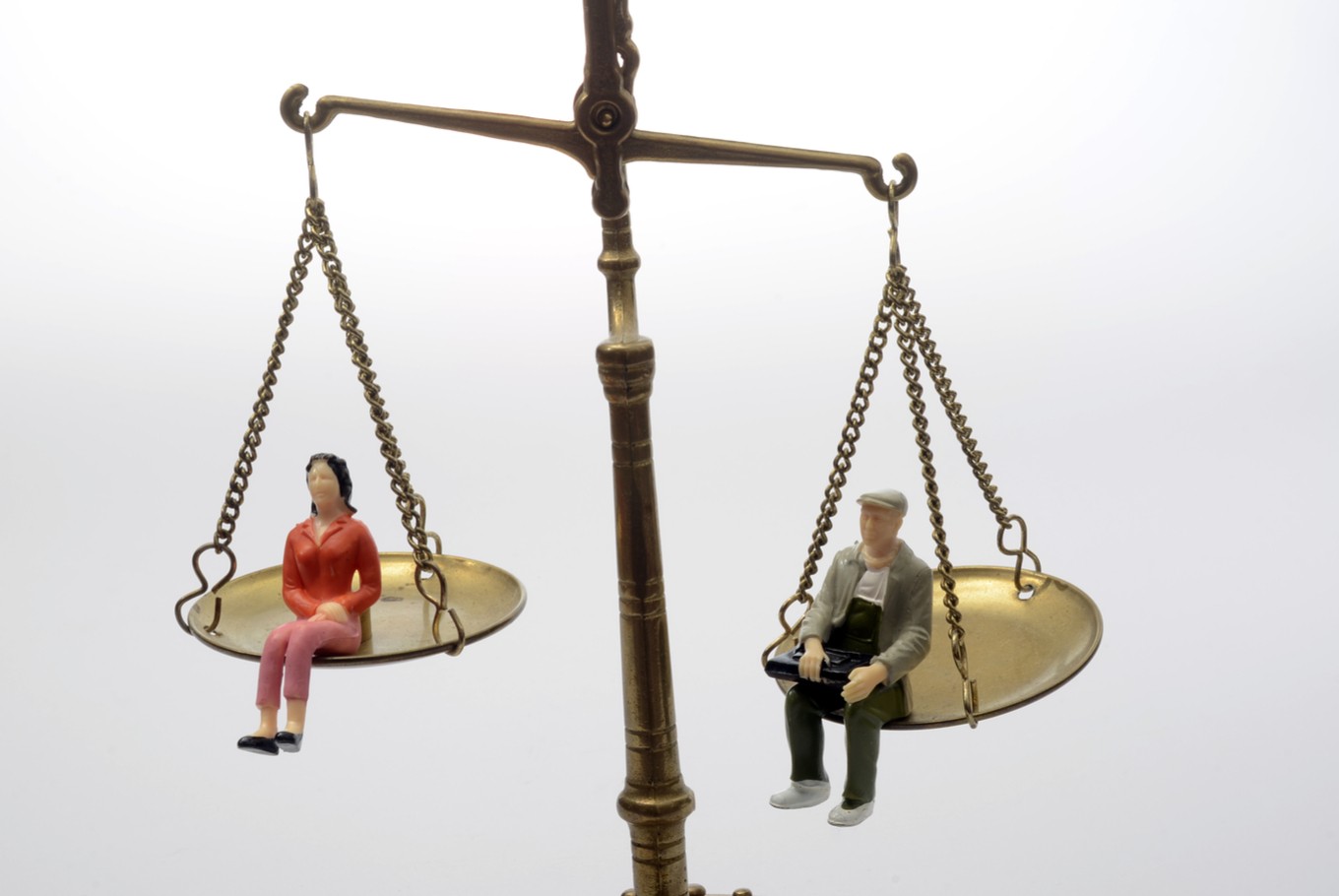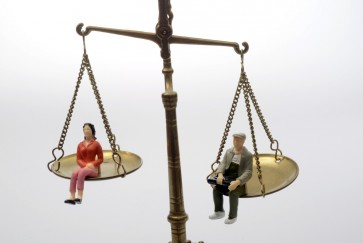Popular Reads
Top Results
Can't find what you're looking for?
View all search resultsPopular Reads
Top Results
Can't find what you're looking for?
View all search resultsHow tax reform can help advance gender equality
Advancing gender equality and increasing women’s participation in the labor force will have an impact on boosting the country’s economy. However, the huge potential of women’s participation in the economy is still uncaptured because structural gender inequality continues to exist.
Change text size
Gift Premium Articles
to Anyone
I
ndonesia’s female population (49.8 percent of the total population) is expected to reach 132.8 million in 2019, on par with the total population of Mexico (132 million) or Japan (126 million). Statistics Indonesia (BPS) even projected that the female population would exceed the male population with a proportion of 50.22 percent in 2045. This is an opportunity for Indonesia to level up its economic performance, as greater female representation in the labor force will boost gross domestic product (GDP).
Advancing gender equality and increasing women’s participation in the labor force will have an impact on boosting the country’s economy. According to the McKinsey research firm, advancing gender equality in Indonesia would add US$135 billion to annual GDP by 2025. However, the huge potential of women’s participation in the economy is still uncaptured because structural gender inequality continues to exist.
Gender inequality in Indonesia is reflected through women’s level of participation in the labor force and their wages, which are always much lower men’s. Last August the labor force participation rate for men and women was recorded at 82.69 percent and 51.88 percent, respectively. The low labor force participation rate for women has been stagnant for over the past 20 years.
This inequality is also widened by the wage difference between male and female workers. Male workers’ wages are always higher than women’s in every level of completed education. Among university-educated workers, there is a Rp 1.63 million ($112) gap between the male and female workers’ wages. The Indonesian Women’s Human Development Index (HDI) also shows a vast gap compared to the Male HDI.
The government state budget stipulates a commitment to reducing gender inequality through budget policies and allocations. Based on the 2019 state budget, expenditures for gender equality programs have increased by 102.3 percent in the last five years. Since 2015, gender equality spending through the Women’s Empowerment and Child Protection Ministry grew from Rp 60.6 billion to Rp 122.6 billion in 2019. However, these efforts were not fast enough to combat gender inequality.
Thus, these budget allocation and budget policies should be combined with taxation reforms in order to advance gender equality. Although ongoing taxation reforms show some positive changes, they are not enough to address the country’s many social issues.
The issue that often escapes the attention of policymakers is the taxation perspective for gender equality. To date, tax policy reforms still pay very little attention to the impact of tax policies on gender equality. In fact, the taxation system still discriminates on the basis of sex.


















